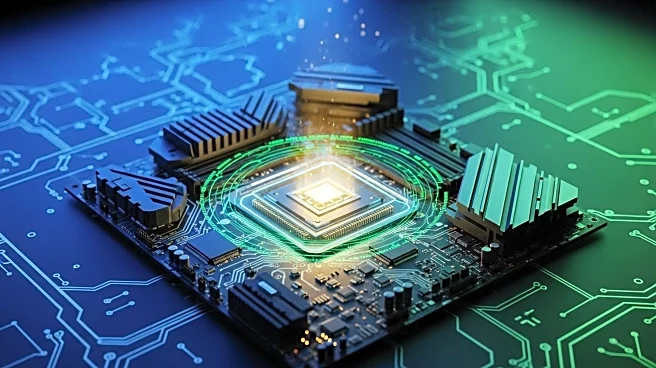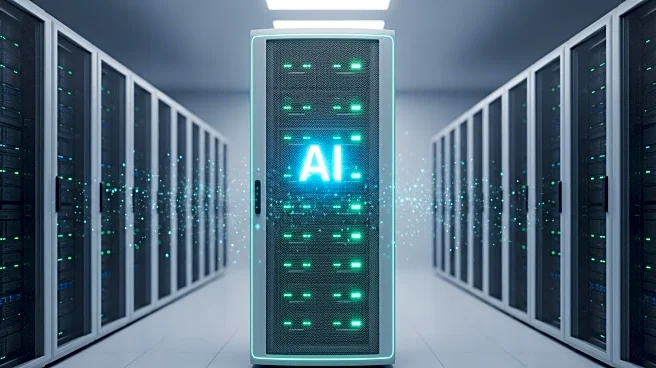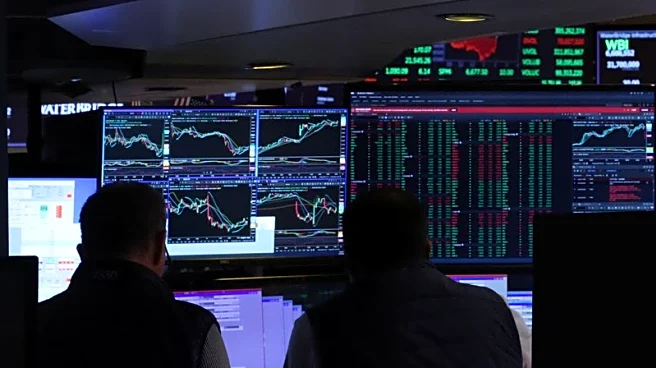What's Happening?
Intel and NVIDIA have announced a strategic partnership aimed at reshaping the semiconductor industry. This alliance is built on three key pillars: NVIDIA's $5 billion equity investment in Intel, collaboration on data center and AI supremacy, and integration of NVIDIA's RTX GPU IP into Intel's future processors. The partnership seeks to exploit structural tensions in the industry, particularly targeting AMD's chiplet architecture and TSMC's foundry model. The collaboration is expected to shift competition from process node leadership to system-level optimization, focusing on interconnect architecture, advanced packaging, software ecosystem dependencies, validation, and supply chain dynamics.
Why It's Important?
The partnership between Intel and NVIDIA represents a significant shift in the semiconductor industry, emphasizing system-level competition over traditional process technology leadership. This move could potentially enhance U.S. supply chain positioning and reduce system-level complexity for customers. However, it also poses risks such as architectural lock-in and regulatory scrutiny due to market concentration. The alliance may accelerate open alternatives and influence competitive responses from other industry players like AMD and Arm licensees, potentially reshaping the industry's structure for the next decade.
What's Next?
The semiconductor industry is likely to witness fierce competitive responses from major players like TSMC and AMD. OEMs and system integrators may embrace Intel-NVIDIA platforms for AI PC differentiation while demanding multi-source options. AMD might focus on ecosystem development and strategic partnerships to leverage its modular advantages. The industry may also see a strategic bifurcation, with commodity functions standardizing around open interfaces while high-value AI acceleration remains proprietary.
Beyond the Headlines
The partnership echoes historical industry maneuvers, such as Microsoft's investment in Apple, highlighting the dual character of strengthening a partner while shaping competition conditions. The tension between short-term integration advantages and long-term ecosystem health will be resolved by market forces, not vendor strategies. This development underscores the importance of balancing integration benefits with ecosystem dynamics to drive long-term innovation.











